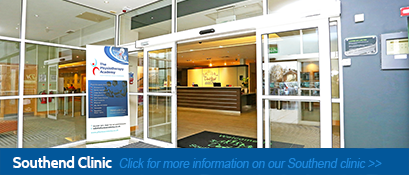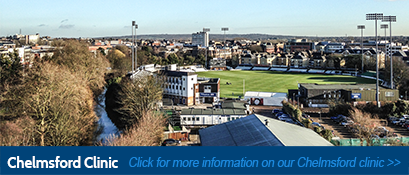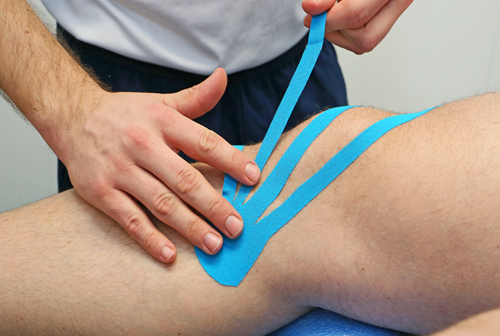Anterior cruciate ligament - ACL
Anterior cruciate ligament strains and tears are well documented in the media, with lengthy times of sporting activity missed due to the injury. The mechanism for injury, normally involves the knee twisting inwards and forwards with the foot planted. Pain is immediate, followed by a large swelling to the knee. Giving way (instability) of the knee can be present, with movement restricted. Some people are advised to wear a knee brace and manage the problem with rehabilitation. In some cases people opt for surgery immediately, others pursue surgery after a period of failed conservative management. Some research suggests that in the long term conservative management can be as effective as surgical intervention, however the key component appears to be how well rehabilitation is adhered to. With the right direction with your rehabilitation, most people can return to full sporting activity.
What you can do:
In the acute phase of injuring your ACL, the use of ice, compression and analgesics is advised. Once the acute symptoms start to settle, the start of a rehabilitation programme is key.
How we can help:
A consistent and challenging rehabilitation programme is the best way to manage a damaged ACL.
Physiotherapy treatment consists of an exercise programme, soft tissue Massage taping techniques, electrotherapy & joint mobilisation.
Benefits of treatment include:
-Reduced instability
-Improved confidence on return to sport
-Improved strength
-Reduced pain
-Reduced risk of re-injury
Call or email today if you have any questions about your injury or if you want to book in to see one of our physiotherapists.
To arrange an appointment or speak to a physiotherapist, call or email on:
Southend on Sea: 01702 521 042 or info@physioacademy.co.uk
Chelmsford: 01245 254 069 or chelmsford@physioacademy.co.uk





























